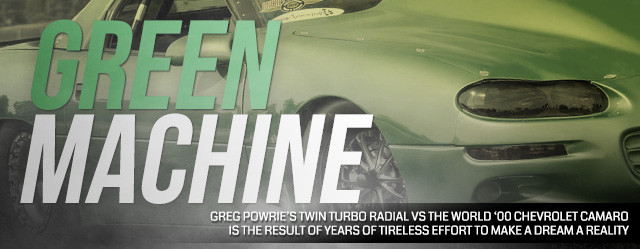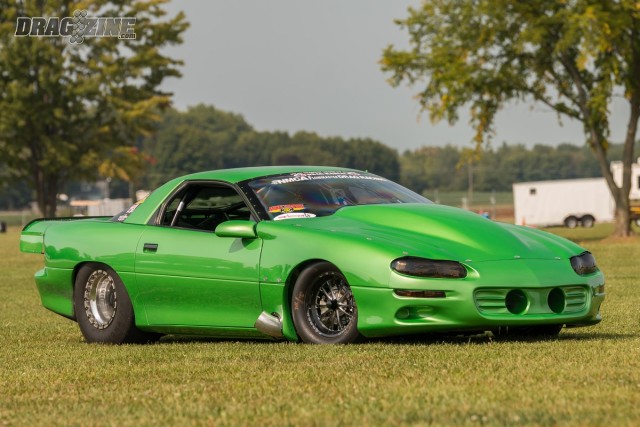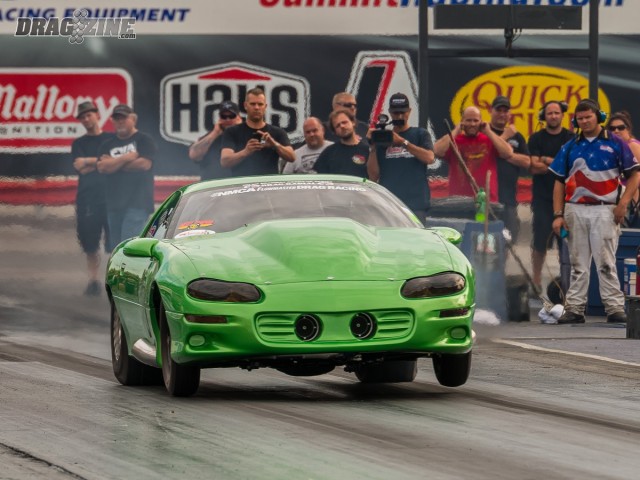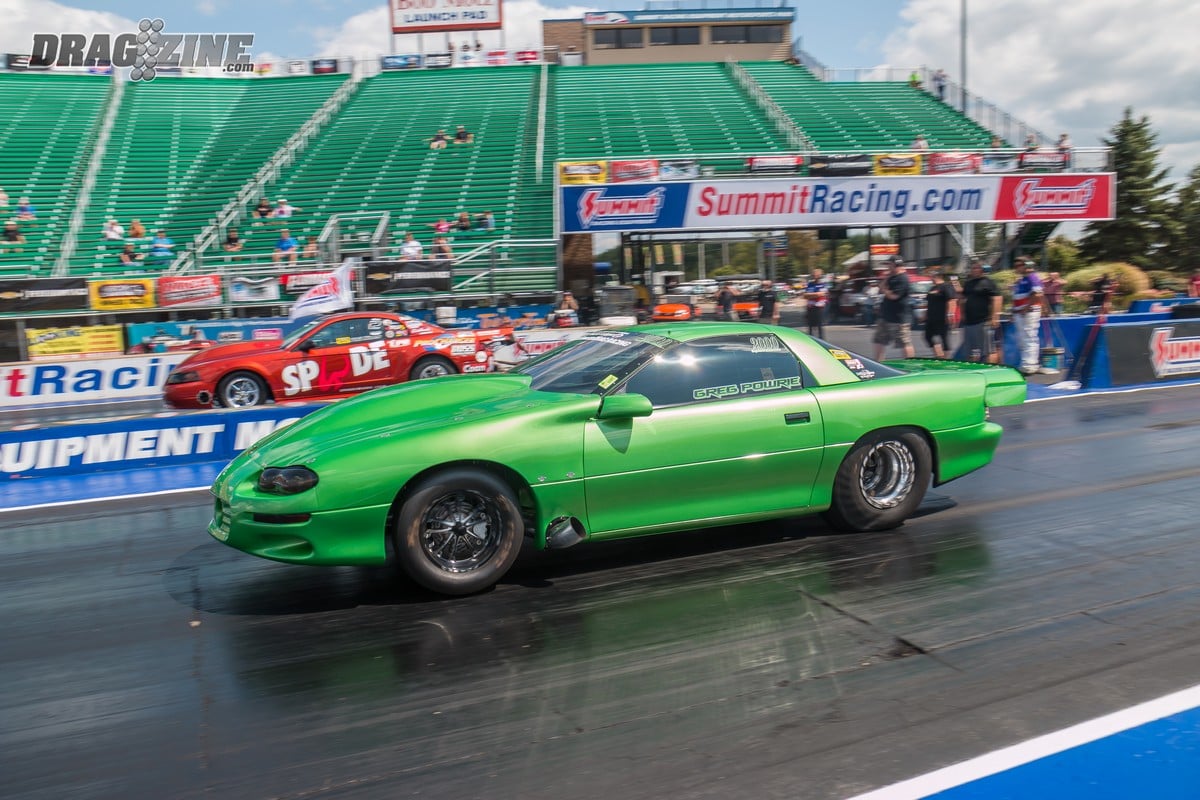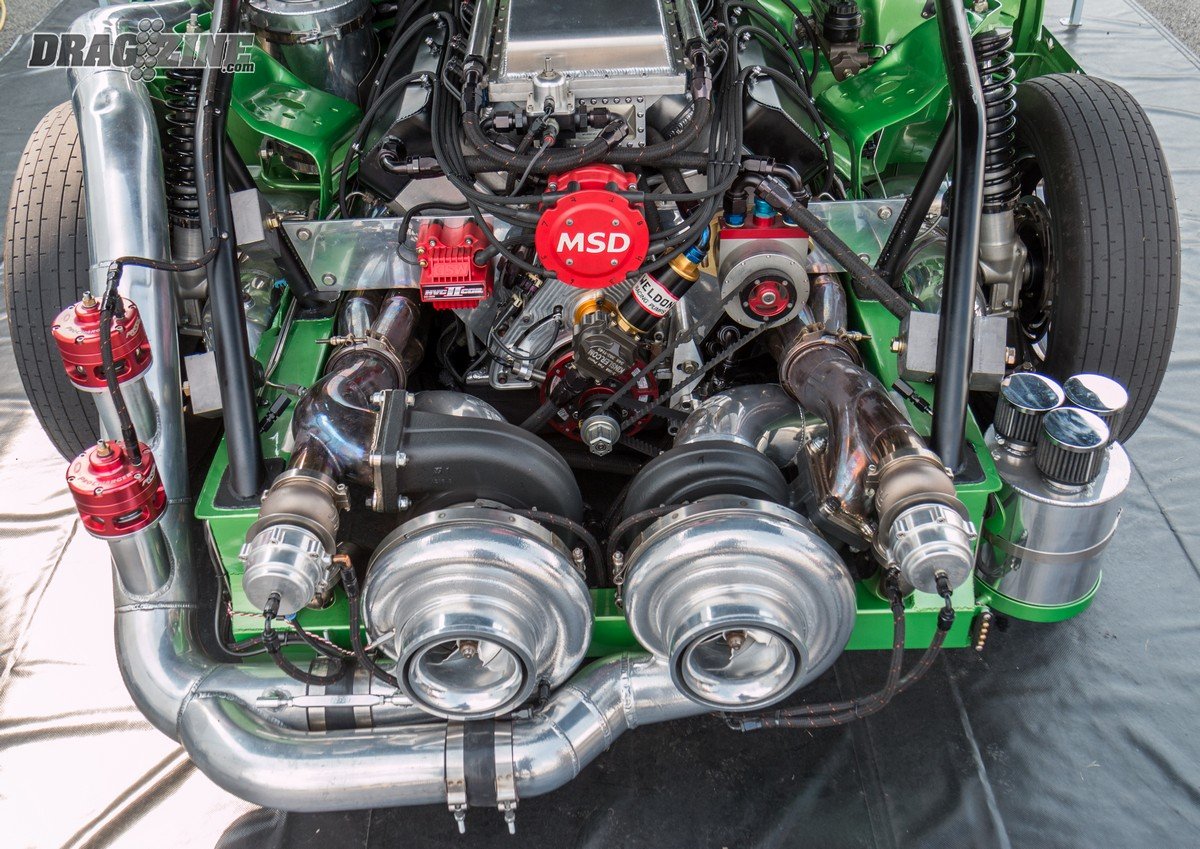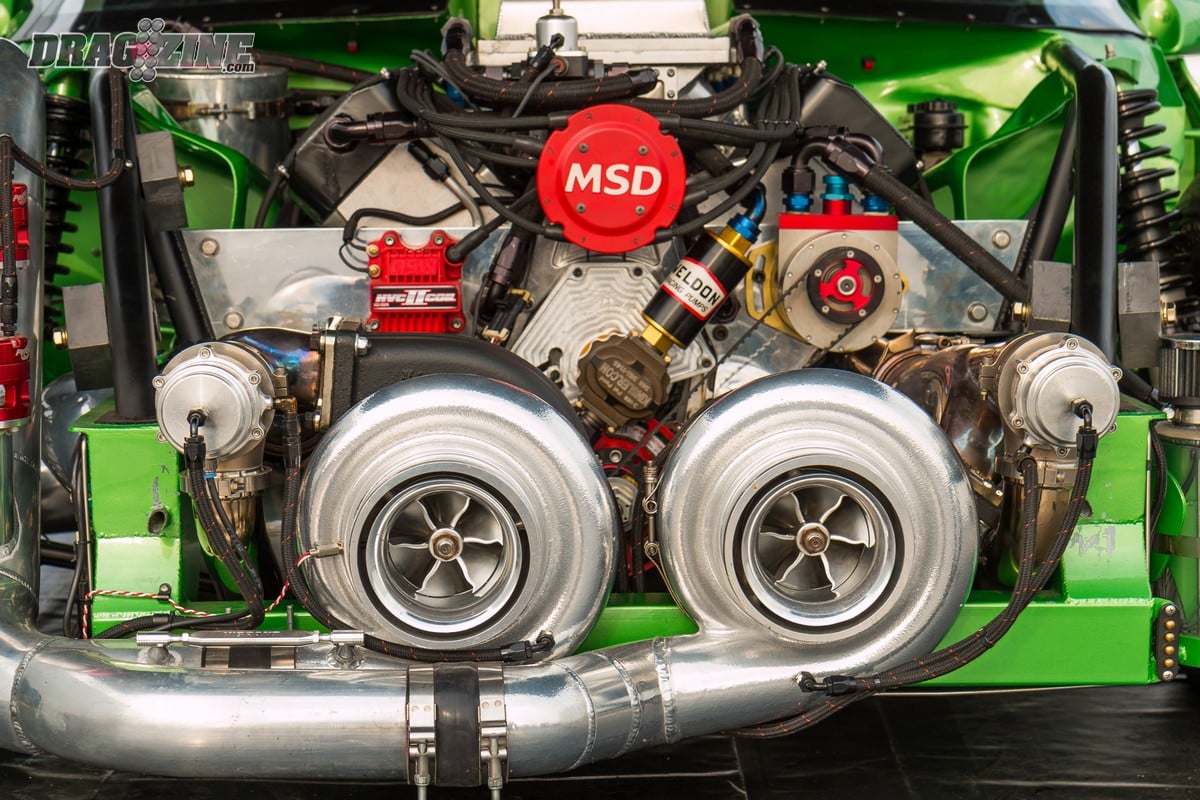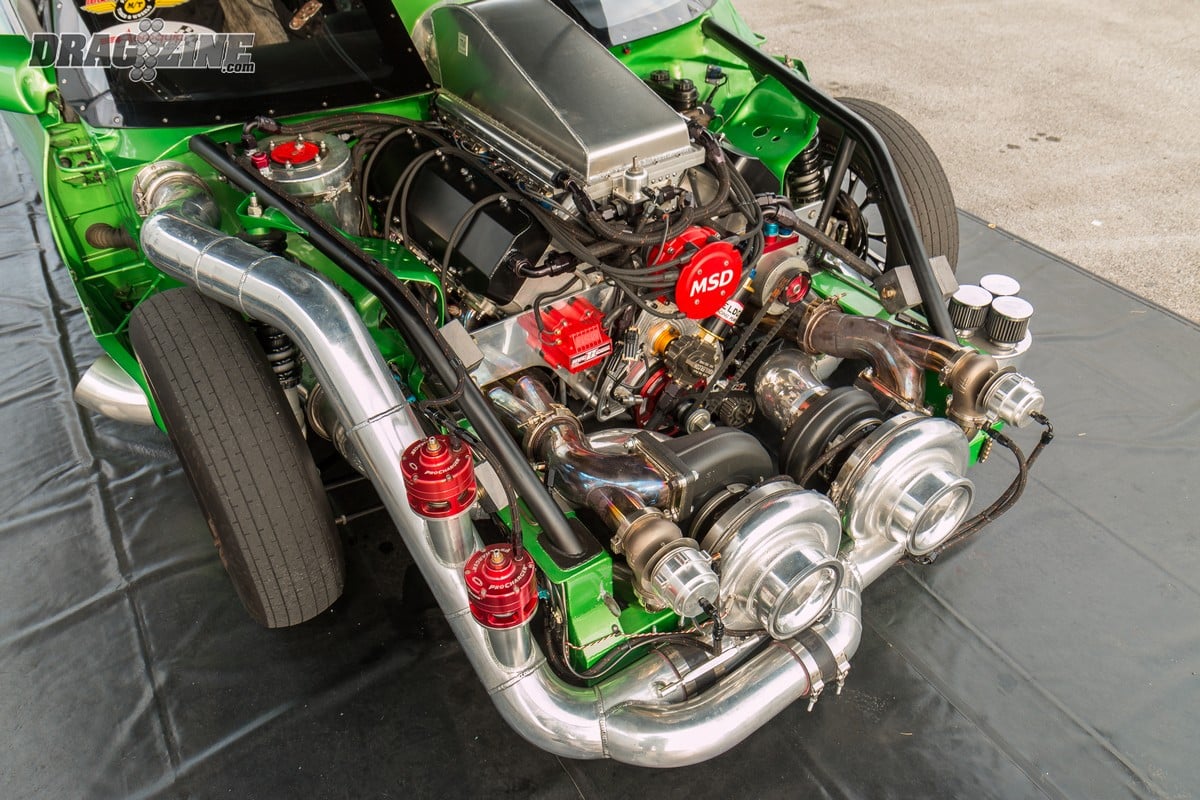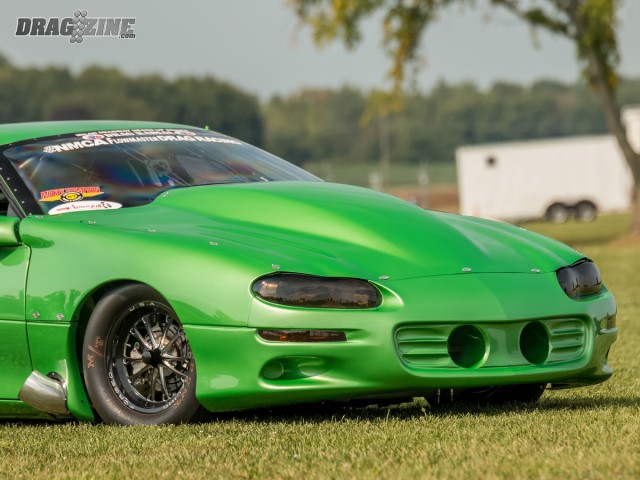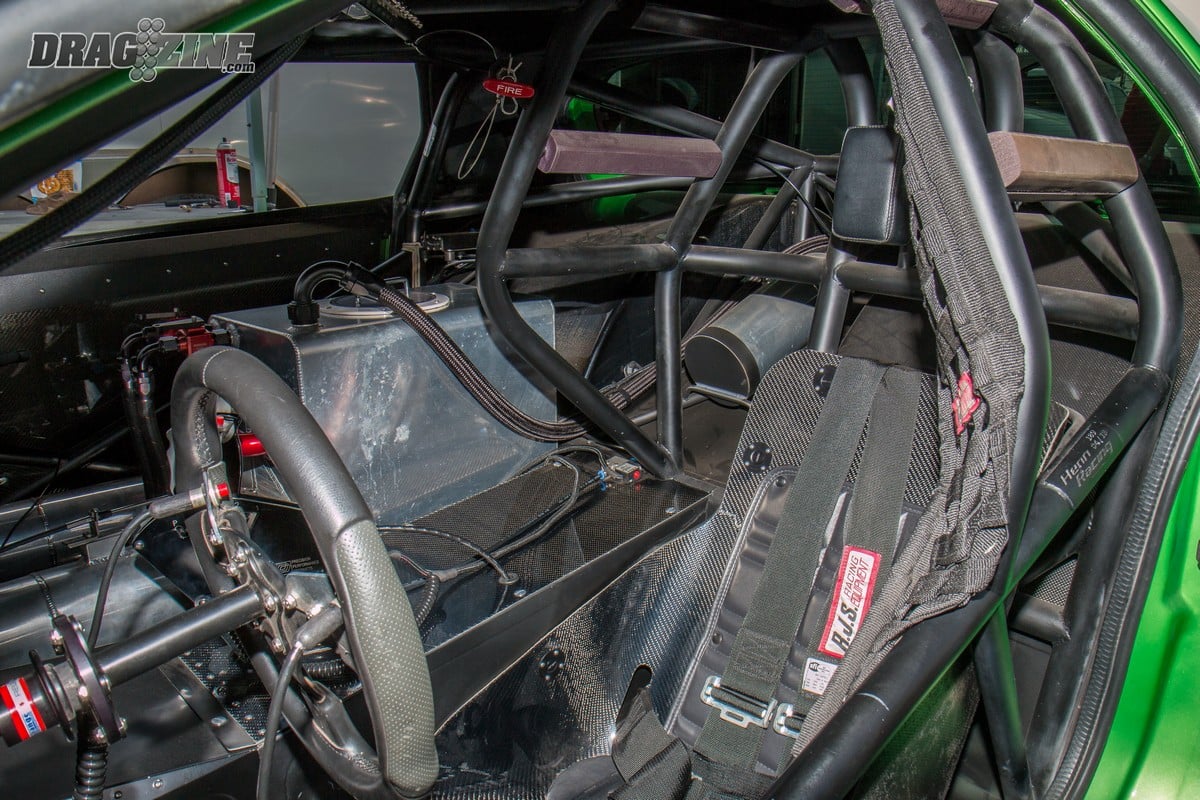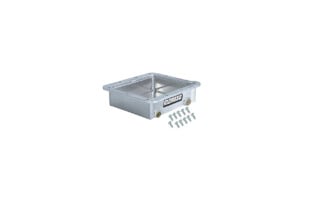The journey to building a race car from the ground up can take many twists and turns along the way, sometimes navigating down a path that the owner never expected. For Michigan native Greg Powrie, the process of building the radial tire car of his dreams has been a long one, and it’s not gone the direction he’d originally planned. In this case, the detours and the changes have led to one slick-looking, boosted 2000 Chevrolet Camaro that stands out from the crowd and has all the ingredients of a winning combination.
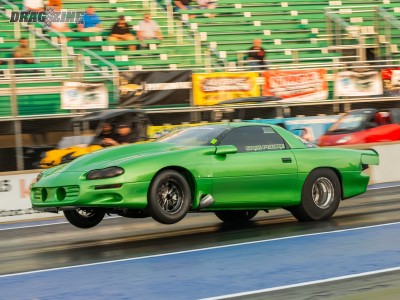 For Powrie, the seeds of car modification were planted by his father at a young age and naturally escalated from there. “My interest in cars started because my father was into restoring classic cars. When I was young, I never understood why he did all that work to make the cars factory original, and still don’t. I’m sure he feels the same way about me buying perfectly good, running cars and cutting them all up for a race car, though.”
For Powrie, the seeds of car modification were planted by his father at a young age and naturally escalated from there. “My interest in cars started because my father was into restoring classic cars. When I was young, I never understood why he did all that work to make the cars factory original, and still don’t. I’m sure he feels the same way about me buying perfectly good, running cars and cutting them all up for a race car, though.”
After spending years watching his father tinker around with different types of musclecars, it was Powrie’s turn when he finally got his drivers license. And, out of necessity, he learned his way around a car and an engine. “I didn’t have any money at the time so I had to learn to do my own work or save forever to have something done. I chose to figure it out on my own, especially after watching a friend spend a lot of money having his work done by someone else and then having problems.”
So, with wrench in hand, Powrie went to work busting his own knuckles on numerous street cars of his own, learning what it takes to build and maintain fast cars. As his experience grew, so did the level of cars that he built and raced, sending Powrie down the path of boosted, radial tire glory. That list of cars campaigned by Cowrie includes a 1991 Mustang with a 25.5 chassis and powered by a single turbo small-block; another 1991 Mustang sporting a twin turbo small-block; and a 2000 Mustang that had a 25.5 chassis and a twin turbo, Ford Modular engine.
For Powrie, there’s always been a desire to jump into the radial world and test his racing meddle. “I’ve been interested in the radial stuff since about the mid-2000s, maybe even the early 2000s. I’m talking back when the class was going mid-to-high sevens. At that time, it seemed to be a more attainable class than Outlaw 10.5 and everyone thought the tire was the limiting factor,” Powrie says about his choice to look in the direction of radial racing.
The reality of trying to field a car became quickly apparent for Powrie, and it’s been a lengthy endeavor that’s taken some turns and stumbles over a few roadblocks along the way. “Funding the car has always been the issue for me, and the reason it took so long to finally get a car capable of being competitive. I also struggle with my attention span, so I’ve taken a few detours along the way and run a couple of other cars just to have something to race in the meantime. I actually had to park my other car a few years ago so that I’d get back on track and finish this car up,” Powrie says of his struggle to get the car where he wanted it.
I’m actually not a huge fan of the fourth-generation Camaro body style. I wanted to stay with a Mustang or go to a Corvette for this build. – Greg Powrie
As fate would have it, another car would fall into Powrie’s lap that would check off most of the boxes he needed to get his project back on track. “The Camaro belonged to Whitey from Wheel to Wheel and was a partially finished Outlaw 10.5 roller. At the time, Whitey was working for my chassis guy, who asked him if he was interested in selling the Camaro.” Just like that, things were back on track for Powrie to hit the track in a small tire monster. He purchased the car in December of 2009 and hasn’t looked back.
The irony of the build is that it was really not 100 percent what Powrie was looking for. “I’m actually not a huge fan of the fourth-generation Camaro body style. I wanted to stay with a Mustang or go to a Corvette for this build. The budget and what car was available made the decision for me, though. The car has really grown on me as the project progressed, and it really turned out well,” Powrie says of his current boosted hot rod.
The potent Bowtie engine under the hood of the Camaro measures a beefy 572 cubic inches, with a bore and stroke of 4.500/4.500. Deep inside the engine, the rotating assembly consists of a Bryant crankshaft that rotates a set of CP pistons and Oliver connecting rods with a final compression ratio of 7.25:1 Powrie assembled the motor himself, with Scott Carter of Racetech Race Engines providing all of the machining work to get the parts in spec.
The heart of Powrie's beast is all business and ready to make some big power.
On the top end is an aluminum set of Brodix Big Duke heads filled with titanium Inconel valves and 1.8 ratio Jesel rocker arms, along with a rather large and boost-friendly Comp Cams camshaft with an undisclosed profile. Moving air into the engine is a Thomsen Motorsports billet runner sheet metal intake and a giant Marcella 125 mm throttle body.
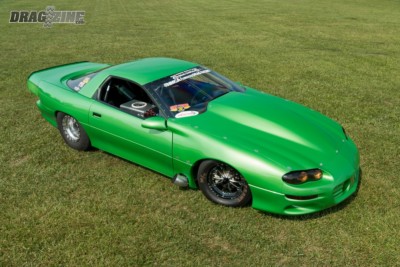 Keeping this big engine lubricated is a tough task, so Powrie enlisted Thomsen Motorsports’ help again and picked up one of their wet sump oil pans to work in conjunction with his Peterson Fluid Systems oil pumps. For fueling needs, a Kinsler fuel pump flows all the race gas through a Weldon regulator to a set of 160 lb-hr injectors. An MSD 8 Plus, a Grid unit, and belt drive distributor help to provide the spark as Cowrie tunes the car via Holley HP EFI computer system.
Keeping this big engine lubricated is a tough task, so Powrie enlisted Thomsen Motorsports’ help again and picked up one of their wet sump oil pans to work in conjunction with his Peterson Fluid Systems oil pumps. For fueling needs, a Kinsler fuel pump flows all the race gas through a Weldon regulator to a set of 160 lb-hr injectors. An MSD 8 Plus, a Grid unit, and belt drive distributor help to provide the spark as Cowrie tunes the car via Holley HP EFI computer system.
If you want to compete with the quickest and fastest guys in radial tire racing, you had better bring a big power adder combination to the table, and Powrie’s Camaro does that without question. To get the most out of every one of those 572 cubic inches, Powrie uses a pair of Bullseye Power Batmo 94 mm turbos to make all the boost he can. The custom turbo kit uses a ProCharger blow-off valve and Tial wastegate to keep all of the boost where it needs to be, and a Marcella air-to-water intercooler keeps the boosted air ice cold on each pass.
Taking all the abuse is the proven combination of a Rossler Transmissions-built two-speed Turbo 400 transmission matched to a Pro Torque torque converter with gear change commands coming from a Precision Performance shifter. A CCI Driveline 3.5-inch chromoly driveshaft sends the power back to a Fab 9 rearend that uses 3.70 gears along with a Strange Engineering spool and axles.
The Camaro’s 25.2-certified chassis is wearing some trick parts that help in the goal of laying down quick elapsed times at the track. Custom-made, lightweight front and rear control arms are part of the package, and work with Strange SS/GT shocks in the front, and Mencer/AFCO dampeners in the rear. The chassis is rounded out by a Racecraft torque arm that helps transfer power to the big 315-sized Mickey Thompson drag radials.
Setting the stance for Powrie’s F-body is a full set of Weld Racing wheels at each corner. To bring the car to a stop after each low four second 1/8–mile pass, a Strange Engineering braking system is used, along with a pair of Stroud Safety parachutes.
Carlos Diaz laid down the unique and vibrant shade of Cynergy Green on the Camaro that really makes it stand out at the track. Inside the car, Cowrie gets his information from a Racepak digital display, and is held in place by an RJS Safety harness system.
Inside the Camaro is all business.
With very little seat time, Powrie has made some impressive runs with his car, carding a best of 4.28 seconds at 184 mph, with 60-foot times in the 1.11 range. In 2016, the plan is to run it in the Drag Radial class at Milan Dragway in Michigan and in the NMCA’s ultra-competitive Radial Wars class.
Cowrie’s multi-car journey has led him to the final product that would make any racer green with envy, and is a great story of why a racer should never give up on his goals. This Camaro is one of the cleanest and most well-thought-out builds that you’ll see at the track on any given race weekend, and could lead Powrie to the winner’s circle for many seasons to come.



